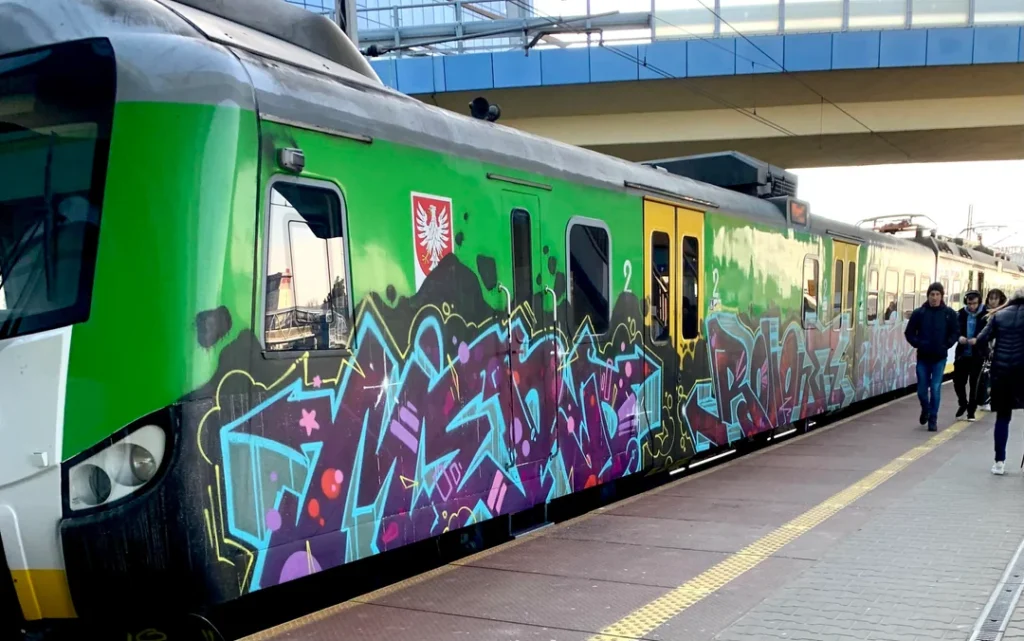
The history of train graffiti
Originating from the Italian word “graffiato” (scratched), graffiti is a practice as old as time. Its root word is Italian in origin because it dates back to the heyday of Rome, over 2,500 years ago. Looking back even further, the same concept — petroglyphs — have been dated to well over 40,000 years old. It is an innate human desire, it seems, to want to put your mark on something. Equally, innate is the human desire to not have one’s property vandalized, or be subjected to the potentially upsetting images that graffiti artists often create.
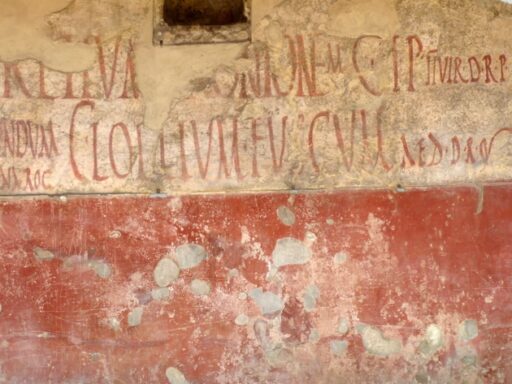
The story of railroads and graffiti begins in the late 1800s, when hobos and tramps began placing “monikers” on freight cars. The simplest form of graffiti, a moniker is merely a name or some form of wordmark or symbol. Fittingly, the simplest form of graffiti represents the simplest form of human expression: “I was here.” However, the place of birth of train graffiti as we know today, was the New York Subway system during the 1960s and 1970s when tagging erupted, this somehow was able to tell tales of the troubling world above and what was unfolding. The sides of trains coming in and out of stations became moving canvases. Graffiti as an art form started from within the marginalized, and the marginalized had a message. 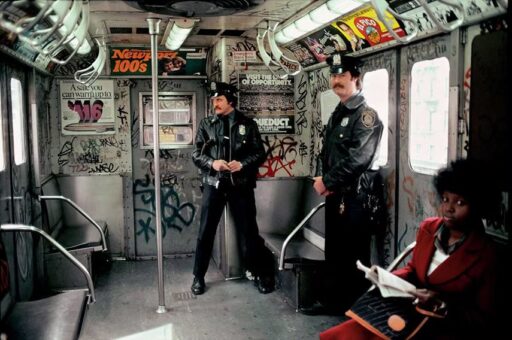 After all, 1970’s New York was widely regarded to be an unsafe place. Women were thought to carry mace in their handbags, and customers would routinely ask the taxi driver that just dropped them off to wait and see that they got into their home safely. Half a million people had lost their jobs in the manufacturing industry collapse, unemployment was sky-high and people had very little money. What else was the bored youth going to do…?
After all, 1970’s New York was widely regarded to be an unsafe place. Women were thought to carry mace in their handbags, and customers would routinely ask the taxi driver that just dropped them off to wait and see that they got into their home safely. Half a million people had lost their jobs in the manufacturing industry collapse, unemployment was sky-high and people had very little money. What else was the bored youth going to do…?

In Europe, the movement became to grow since the mid 1980s, and Berlin became a hub for train graffiti, with artists like Loomit and Blash, particularly in the Friedrichstrasse train station and its surrounding area.
But in most countries, graffiti on trains is considered vandalism, which is illegal. Graffiti artists who paint trains also run the risk of violating trespassing laws too. For example, in the UK, trespassing on railway tracks is a serious offence – more so than trespassing on ‘regular’ property. Most train companies do care about graffiti on passenger trains and will try to remove it as soon as possible. Graffiti on freight trains, however, is much less likely to be removed as train companies do not care about it as much as passenger trains. This means freight train pieces can last for years traversing across countries, much to the delight of graffiti artists.
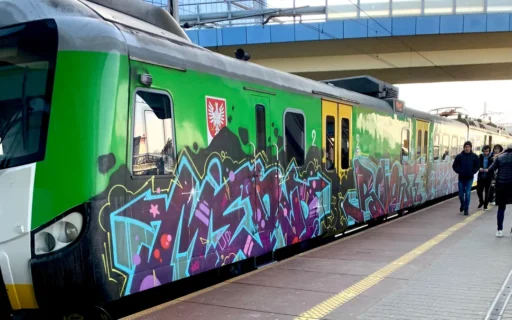
And why people make graffiti? There are a couple of reasons, mainly:
For respect – Being a well-respected graffiti writer is one of the biggest goals for artists. And painting trains is one of the best ways to achieve this status.
For recognition – Being recognised by other writers is another popular reason for graffiti writing. Although it’s similar to respect, graffiti on trains can achieve more recognition than writing on walls.
As trains traverse cities and even countries, it means graffiti names have the potential to be seen by a much bigger audience than just painting in a static location.
For the thrill – For the same reasons that skydivers put their lives at risk by jumping out of planes, many graffiti artists are attracted to the thrill of train graffiti.
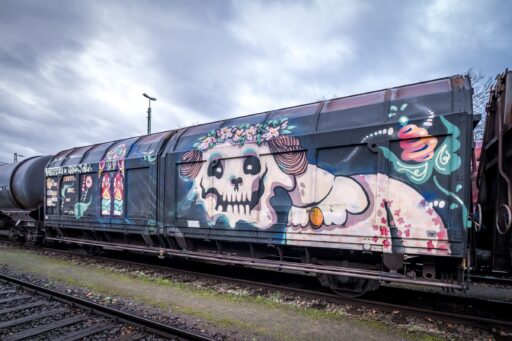
References
1. https://graffstorm.com/train-graffiti
2. https://www.reddit.com/r/Graffiti/comments/11r1in2/graffiti_on_a_train_in_warsaw_poland/
3. https://www.trains.com/trn/videos-photos/photos/photo-galleries/railroading-and-the-illegal-art-of-graffiti/
4. https://www.theatlantic.com/technology/archive/2016/03/adrienne-was-here/475719/
5. https://www.909art.co.uk/post/a-short-history-of-train-graffiti
6. https://urbaneez.art/en/magazine/the-extraordinary-development-of-urban-art-in-europe-12
7. https://www.urbanpresents.net/en/category/graffiti-en/bombing-en/freight-train/
More From The Author
No posts found.


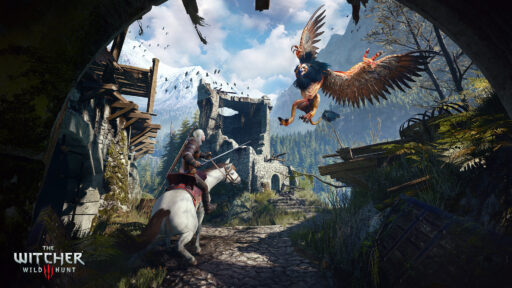




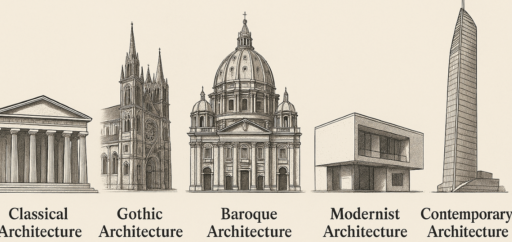

Leave a Reply